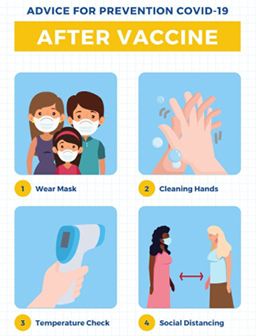
Getting help fast could save your friend.
Did everyone know how to recognize a stroke but me? A friend sent me an article (one of the many advantages of writing for ASE) and I think it is important for all of us to recognize the sometimes subtle signs that someone is having a stroke.
I hope that this article is never useful to you or anyone you love, but it is important to understand stroke symptoms and hope never to see them – sort of like getting trained in CPR or the portable defibrillator. You might save a life some day. Each year as many as 600,000 Americans suffer strokes and 160,000 may die. Others never fully recover. It would be awful to have a loved one be disabled when I might have prevented the damage by recognizing the symptoms and getting help.
Experts agree that if a person having a stroke can get medical help in less than an hour, the odds of escaping without permanent damage are much greater than if they wait. Eighty percent of strokes are Ischemic – in which a blood clot lodges in a vessel responsible for supplying blood to the brain. There is medication which can be administered by IV which can dissolve the clot and improve the blood flow to the brain.
The challenge is recognizing stoke symptoms when you see them. Here is some help.
Stroke – the first three letters are S-T-R, so identify a stroke by:
S – Ask the person to SMILE, it should be even, not crooked.
T – Ask the person to SPEAK A SIMPLE SENTENCE, they should be able to speak coherently.
R – Ask the person to RAISE BOTH ARMS, they should raise evenly and not feel weak or numb.
Add another T. Ask the person to STICK OUT HIS TONGUE. If the tongue is bends to one side or is ‘crooked’ this is a sign of a stroke.
Another way to remember how to recognize a stroke is F.A.S.T.
F – FACE DROOPING – Is one side of the face drooping? Ask the person to smile. It should be even, not droopy.
A – ARM WEAKNESS – Is one arm weak or numb? Ask the person to raise both arms.
S – SPEECH DIFFICULTY – Is speech slurred? Ask the person to repeat a simple sentence.
T – TIME TO CALL 9-1-1
Are the symptoms different for women? Live Science says that 80,000 women a year die of stroke and their symptoms can be different from men’s. For instance, they can experience hiccups and atypical chest pain during a stroke. Women can experience dizziness, headache and body numbness in addition to the facial droop, arm weakness and slurred speech experienced by men.
What do you do if you spot any one of these symptoms? Get help. Call 911 and report the symptoms. Ask if giving the person an aspirin while you wait for help is a good idea – it usually is.
Since the original advice came from an email from a friend, I ‘fact-checked’ with SNOPES. In this case, SNOPES verifies that STR and FAST is good advice.
More insight into stroke? See the Ted talk by brain scientist Jill Bolte who describes having a stroke. It has been viewed almost 20 Million times!













